Dermatologic Conditions in Transgender Populations
June 2019
in “Endocrinology and Metabolism Clinics of North America”
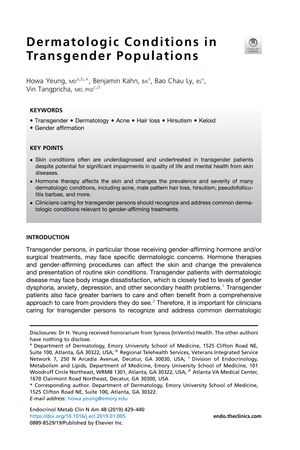
TLDR Transgender patients need proper skin care, especially when undergoing hormone treatments, to manage issues like acne and hair loss.
The document from 2019 emphasizes the need for proper diagnosis and treatment of dermatologic conditions in transgender patients, especially those undergoing hormone and surgical gender-affirming treatments. It notes that hormone therapy can lead to skin issues such as acne, male pattern hair loss, hirsutism, and pseudofolliculitis barbae. For transmasculine individuals, acne is common with testosterone therapy, and a study of 21 adults showed increased facial and back acne after 4 months. Treatments for acne include topical retinoids, benzoyl peroxide, and oral antibiotics, with severe cases possibly requiring isotretinoin. Male pattern hair loss can be treated with topical minoxidil and oral finasteride, which was shown to increase hair counts by 25% in a study of 10 patients without affecting testosterone levels. For transfeminine individuals, estrogen and antiandrogens do not typically halt facial hair growth, necessitating hair removal methods like shaving, plucking, waxing, topical eflornithine, electrolysis, and laser hair removal. The document also discusses complications from dermal fillers, the prevalence of keloids and hypertrophic scars, and the management of conditions like melasma, lichen sclerosus, HPV infections, and HIV-associated dermatologic conditions. It underscores the importance of comprehensive care and multidisciplinary coordination to improve the quality of life and mental health of transgender patients with skin diseases.
View this study on europepmc.org →
Cited in this study

research The tendency towards the development of psychosexual disorders in androgenetic alopecia according to the different stages of hair loss: a cross-sectional study
More hair loss leads to higher risk of psychosexual disorders, especially in women.
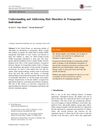
research Understanding and Addressing Hair Disorders in Transgender Individuals
Hormone therapy affects hair growth in transgender individuals, with testosterone potentially causing hair loss in trans men and estrogen reducing facial/body hair in trans women; treatment options vary.
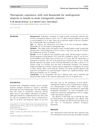
research Therapeutic experience with oral finasteride for androgenetic alopecia in female-to-male transgender patients
Finasteride effectively treats hair loss in transgender men with few side effects.
research Sex hormones and acne
Sex hormones, especially androgens, play a key role in causing acne.
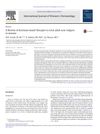
research A Review of hormone-based therapies to treat adult acne vulgaris in women
Hormone therapies like birth control pills and spironolactone are safe and effective for treating women's adult acne.
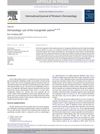
research Dermatologic care of the transgender patient
Hormone therapy and surgeries for transgender individuals affect their skin and hair, requiring specific dermatologic treatments and respectful care.
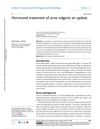
research Hormonal treatment of acne vulgaris: an update
Hormonal treatments are effective for severe or persistent acne and should be used with other acne therapies, considering potential side effects.
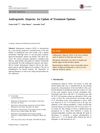
research Androgenetic Alopecia: An Update Of Treatment Options
Minoxidil is the only FDA-approved topical drug for treating male or female pattern hair loss, and other medications like finasteride and dutasteride can also increase hair growth.

research Effect of minoxidil topical foam on frontotemporal and vertex androgenetic alopecia in men: a 104‐week open‐label clinical trial
Minoxidil foam promotes hair growth and reduces hair loss safely in men.

research Similar response patterns to topical minoxidil foam 5% in frontal and vertex scalp of men with androgenetic alopecia: a microarray analysis
Minoxidil foam 5% effectively treats hair loss in both frontal and vertex scalp regions.
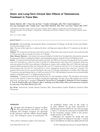
research Short‐ and Long‐Term Clinical Skin Effects of Testosterone Treatment in Trans Men
Testosterone treatment in trans men increases body and facial hair and may lead to hair loss over time, but severe skin issues are rare.

research Efficacy and Safety of Finasteride Therapy for Androgenetic Alopecia
Finasteride helps hair growth but may cause sexual side effects.
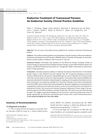
research Endocrine Treatment of Transsexual Persons:An Endocrine Society Clinical Practice Guideline
The guideline recommends mental health involvement in diagnosing gender identity disorder and outlines hormone and surgical treatment protocols, emphasizing safety, informed consent, and long-term monitoring.
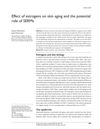
research Effect of estrogens on skin aging and the potential role of SERMs
Estrogens help reduce skin aging, and SERMs might offer similar benefits without the risks of hormone therapy.

research A randomized clinical trial of 5% topical minoxidil versus 2% topical minoxidil and placebo in the treatment of androgenetic alopecia in men
5% minoxidil works better for hair growth and density, with minor irritation.
research Defining pseudofolliculitis barbae in 2001: A review of the literature and current trends
Pseudofolliculitis barbae is a chronic skin condition affecting mainly African American and Hispanic individuals, caused by shaving tightly curled hair, and managed by prevention and treatment but not curable.
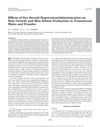
research Effects of Sex Steroid Deprivation/Administration on Hair Growth and Skin Sebum Production in Transsexual Males and Females
Hormone treatments in transsexual individuals reduce hair growth and oil production in male-to-females and increase them in female-to-males.
Related

research Experience in Treating Androgen-Dependent Diseases: Androgenetic Alopecia, Acne Agminata, Hirsutism with the Preparation Diane
The medicine Diane is effective in treating hair loss, severe acne, and excessive hair growth.